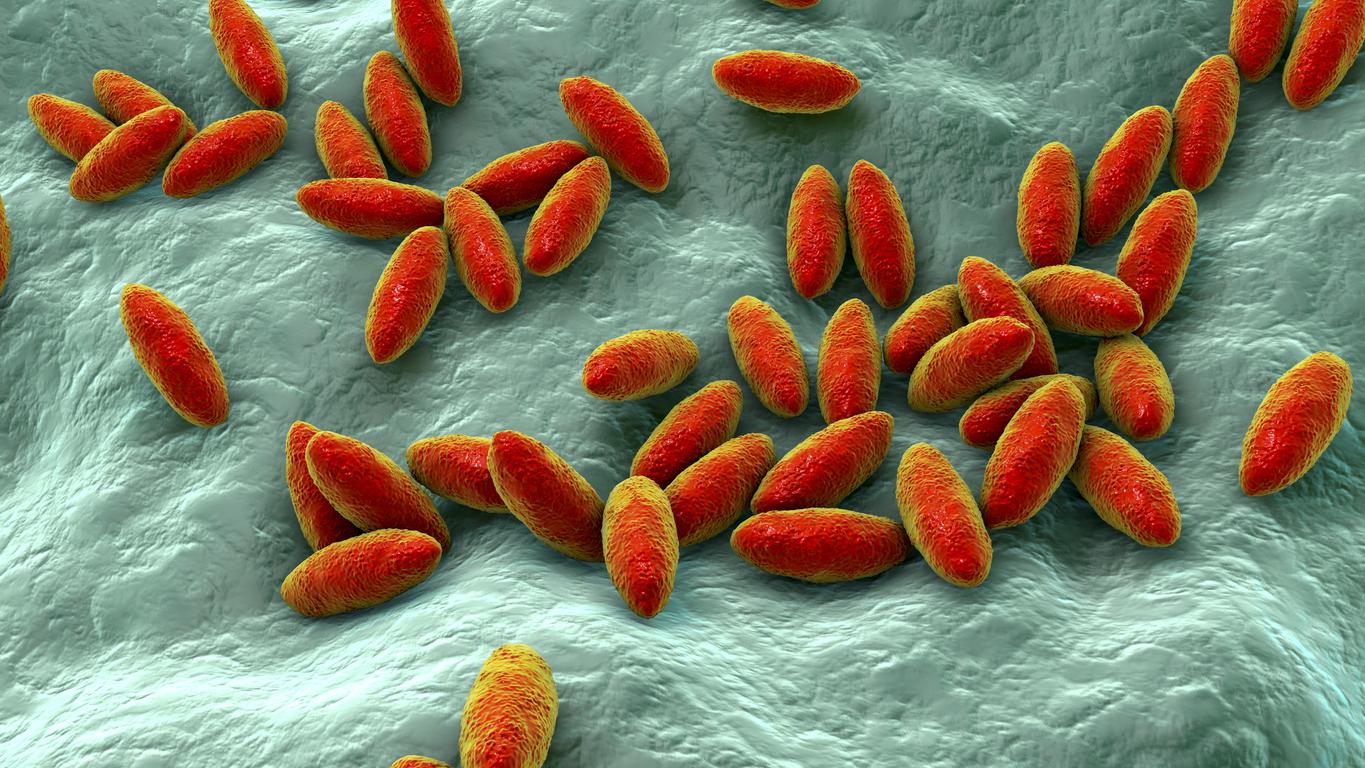The emergence of new bacteria of the genus Brucella worries scientists, but an ANSES project has enabled the development of tools that help to better identify and understand them.

- Over the past fifteen years, new species of Brucella have been discovered in animals.
- The IDEMBRU project, coordinated by ANSES, was set up to better understand and better identify these emerging bacteria.
- The researchers succeeded in developing a test which gives indications of the pathogenic power of these new bacteria for humans.
Bacteria of the Brucella genus can infect several animals such as dogs, frogs and seals, but also humans. Some of them can cause brucellosis, a disease that can lead to fever, pain and headaches, as well as neurological or joint complications.
But what worries scientists above all is the appearance of new Brucella bacteria in the animal world.
Brucella : of new bacteria discovered in animals
In fact, over the past 15 years, new species of Brucella have been discovered in animals. To deal with this phenomenon, the European project IDEMBRUcoordinated by ANSES, has been set up. Its objective is to better understand these emerging bacteria. Among other things, the team succeeded in developing more precise diagnostic tools capable of identifying atypical Brucella as well as “classic” Brucella infecting unusual species.
“We discovered three dogs carrying Brucella suis”explains Claire Ponsart, project coordinator and head of the Zoonoses unit bacterial at the ANSES animal health laboratory in a communicated. “This bacterium is known to circulate in pigs, wild boars and hares, we did not know that dogs could be infected”.
Emerging Brucella: a test to predict risks for humans
Researchers have also developed a new test that can determine if an emerging Brucella bacterium might have the ability to infect humans. This is one of the major concerns when discovering a new pathogen.
“We have developed an in vitro cell infection method which gives indications of their pathogenicity for humans. Until now, few indicators of pathogenicity existed for these bacteria, we relied mainly on the identification of the bacteria involved in the foci of infection”describes Vitomir Djokic, scientist in the Bacterial Zoonoses Unit, who participated in the project.
Thanks to these various tools, scientists will be able to more easily identify new strains of Brucella potentially pathogenic for humans, and better understand the risks associated with the transmission of these bacteria between animals and humans.

















